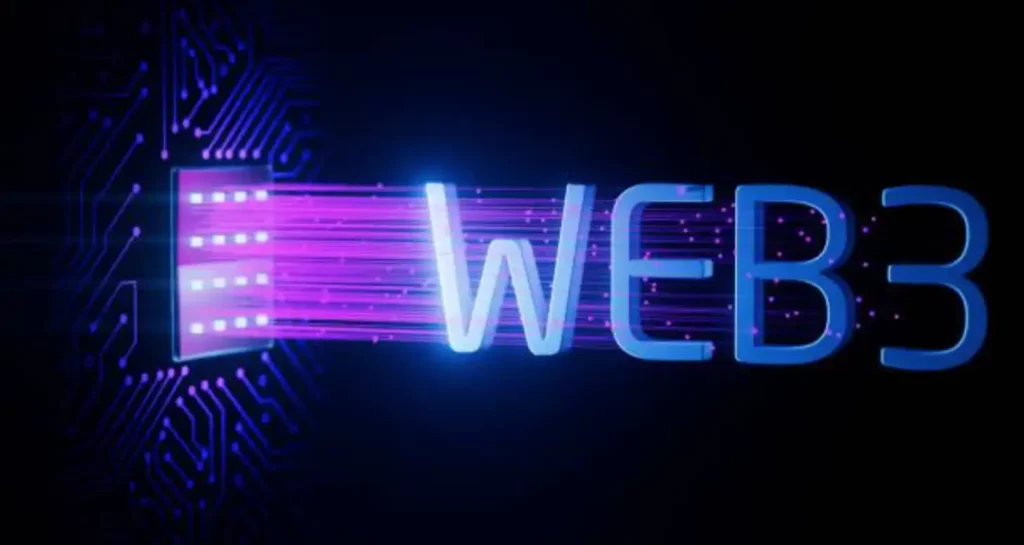
Blockchain technology revolutionizes the gaming industry and brings unique opportunities and challenges. In this article, we delve into Scaling Solutions, the key to overcoming blockchain's limitations, and paving the way for a seamless, immersive, and boundless gaming experience. So, gear up as we explore how innovative solutions are shaping the future of gaming, making it more inclusive and exhilarating for gamers worldwide. Let the games begin!
What Is Web 3.0 Gaming?
Web 3.0 gaming represents the next evolutionary stage of online gaming, characterized by a decentralized, interconnected, and user-centric ecosystem. Unlike the centralized model of Web 2.0, where game developers hold control over virtual worlds and user data, Web 3.0 gaming leverages blockchain technology to empower players, granting them true ownership of in-game assets and digital identities.

The Blockchain Limitations in Gaming
Blockchain technology has undoubtedly brought significant advancements to the gaming industry, particularly with the emergence of Web 3.0 gaming. However, it has its limitations. Let's explore some of the key blockchain limitations in gaming:
1. Scalability Challenges: Slow Transaction Processing and Congestion
Scalability remains a critical concern for blockchain-based gaming. The verification delays and traffic experienced by users on conventional blockchains are a direct consequence of their inadequate transaction handling capacity. As the number of players and gaming interactions increases, the blockchain network may need help to keep up, leading to delays in transactions and gameplay.
2. High Transaction Fees: Hindrance to Microtransactions
Blockchain transactions come with fees typically based on network demand and data size. In gaming, where microtransactions are common for purchasing in-game items, paying fees for every transaction can become burdensome for players, especially in games with low-value assets. High fees can deter players from engaging in frequent in-game transactions or reduce profitability for game developers.
3. Latency and User Experience: Impact on Real-Time Gameplay
The consensus mechanisms of traditional blockchains can introduce latency into the gaming experience. Real-time games require quick response times to maintain fluidity and responsiveness, but blockchain's consensus mechanisms and block confirmation times can introduce delays, affecting overall gameplay and user satisfaction. Gamers expect smooth interactions, and any noticeable delay can detract from the gaming experience.
4. Environmental Concerns: Impact on the Environment and Energy Use
It takes a lot of power to confirm payments and protect many blockchain systems, particularly those that use the Proof-of-Work (PoW) agreement method. There is cause for worry regarding the climate effect of decentralised gaming due to its high energy usage. As the industry grows and more players participate, the carbon footprint of blockchain gaming becomes an increasingly pressing issue.
5. Storage and Data Limitations: Balancing Decentralization and Practicality
Storing large gaming assets, such as high-quality graphics, music, and multimedia content, directly on the blockchain can be impractical due to limited storage capacity. While decentralization is a fundamental aspect of blockchain technology, the trade-off between decentralization and practicality arises when considering where to store gaming assets. Centralized solutions might be employed for asset storage, reducing some of the benefits of a fully decentralized gaming ecosystem.

Scaling Solutions: The Game-Changers
Scaling Solutions play a crucial role in overcoming the inherent limitations of blockchain technology, making them true game-changers for Web 3.0 gaming. These novel methods aim to improve trade throughput, lower costs, and a more satisfying customer experience. Let's explore five prominent Scaling Solutions that are transforming the landscape of blockchain gaming:
1. Layer 2 Solutions: Unleashing Off-Chain Scaling Techniques
Transactions may be processed independently of the primary blockchain by using a layer 2 solution. Typical examples are the mediating roles played by states and financial systems. In state channels, players can engage in off-chain interactions, updating the game state without writing every action to the blockchain. Payment channels, on the other hand, enable users to conduct multiple transactions without committing each one to the blockchain, thus minimizing fees and latency. These off-chain techniques significantly enhance scalability and enable fast, low-cost interactions, making them a game-changer for Web 3.0 gaming.
2. Sidechains: Expanding Blockchain Capabilities
Assets may be exchanged across sidechains, which are separate blockchains linked to the primary database by two-way anchors. By utilizing sidechains, gaming platforms can offload specific operations and processes, optimizing resource usage on the main blockchain. This fosters parallel processing, reducing congestion and enhancing the overall throughput of gaming transactions. Sidechains allow for experimentation and customization while maintaining the security of the primary blockchain, making them a versatile scaling solution for diverse gaming applications.
3. Sharding: Partitioning Data for Enhanced Efficiency
The term "sharding" refers to a method wherein the distributed ledger system is split into independent yet linked pieces. Because every shard handles its own operations separately, the network can deal with more of them at once. This partitioning approach greatly improves scalability and enables blockchain networks to grow and accommodate larger user bases without compromising performance. Sharding is being explored as a scalable solution for Web 3.0 gaming applications, paving the way for more massive and interconnected virtual worlds.
4. Plasma: High-Throughput Decentralized Applications
Plasma is a framework designed to create scalable, high-throughput decentralized applications (DApps) by building "child chains" off the main blockchain. These child chains can process transactions independently while periodically reporting their activities to the main chain for added security. Plasma enabled DApps like Bitcoin Bank, including gaming platforms, to handle many interactions without overburdening the main blockchain. By leveraging this framework, developers can design and implement complex gaming ecosystems with reduced costs and increased performance.
5. Rollups: Optimizing Transaction Processing
Rollups are an innovative scaling solution aggregating multiple transactions into a single "rollup" transaction. By compressing and bundling multiple actions, rollups reduce the number of individual transactions written to the blockchain, significantly enhancing its efficiency. Two main types of rollups exist: ZK-Rollups, which use zero-knowledge proofs for scalability, and Optimistic Rollups, which prioritize low-cost execution. Both approaches offer considerable performance improvements, making them valuable tools for addressing scalability challenges in blockchain gaming.
Conclusion
Scaling Solutions are revolutionizing Web 3.0 gaming, offering innovative ways to overcome blockchain limitations. Layer 2 solutions, sidechains, sharding, Plasma, and rollups are leading the charge, unlocking new scalability, efficiency, and user experience levels. As these game-changers continue to evolve, the future of blockchain gaming appears brighter than ever, promising a boundless and immersive gaming landscape for players worldwide. With technology and creativity fueling this transformation, Web 3.0 gaming is well on its way to redefining how we play, interact, and thrive in virtual worlds.

